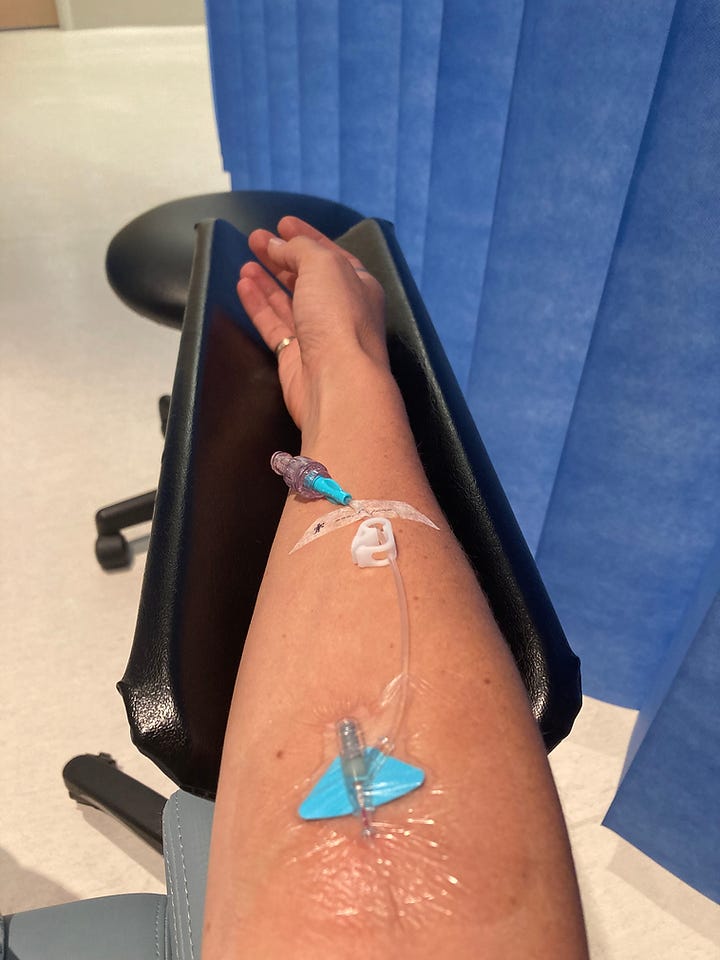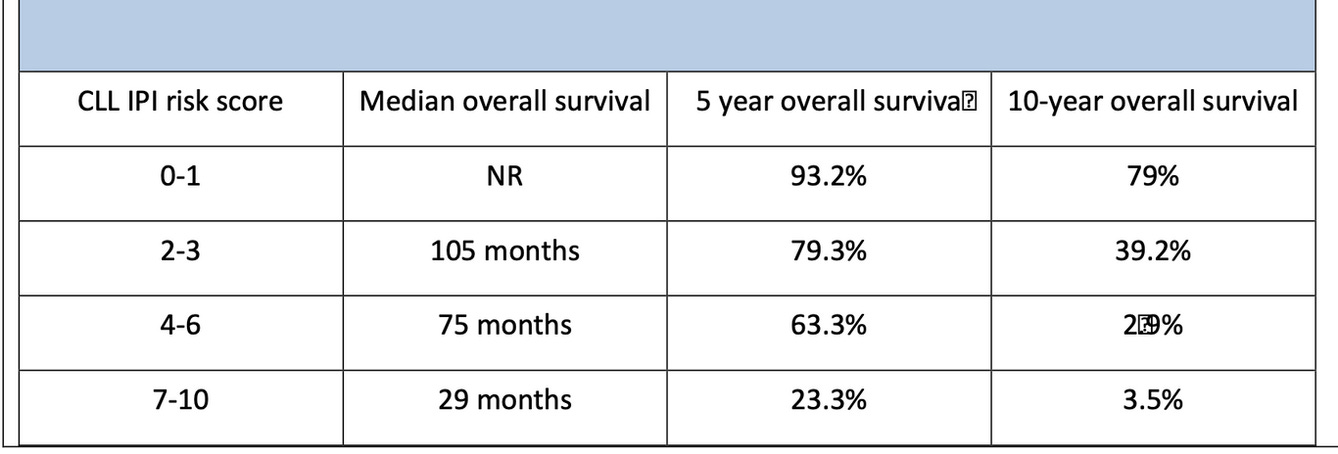Morbid Mutations
This week I had my second specialist appointment. It was not the ordinary first 3-monthly check-up that most people with CLL would expect (or want)...
Chronic Lymphocytic Leukemia is known for being … well…chronic (slow, meandering, relatively non-threatening in its early stages). It’s usually presumed that it will take years (& I mean 5 -15yrs) for the White Blood Cell count (WBC) to progress to a level that requires treatment. This is why people say – “oh CLL – that’s the best kind of cancer to get.” Well that may be… unless it’s not!
What you often don’t hear about CLL is that it has a couple of variations that are more aggressive. The White Blood Cell count rises rapidly and the cancer cells are less responsive to treatment with shorter remission times.
The Raw Data
And, unfortunately, it looks like I've drawn that straw. My WBC was 44,000 when first diagnosed, a week later 53,000; three months later 128,000; then this week (a month later) up to 160,000 (fyi normal adult range is 4,000 to 11,000). One known risk factor for CLL is a WBC doubling in less than 12 months – so my variation of CLL, which has more than doubled in less than 3 months, is busting out of “slow and chronic” with a definitive display of speed.
What we discussed with the specialist on Tuesday is why that might be happening. Turns out there’s a couple of genetic mutations – one I don’t want (TP53) and one I do want (IGHV) - that can significantly affect the cancers progression and my overall prognosis (survival).
TP53 sounds like the worst mutation, a morbid mutation really. In a CLL risk assessment score, it gets 4 points, while all other listed risks only get attributed a 1 or a 2. A TP53 mutation knocks life-expectancy down by a significant number of years (think 8yrs instead of 25yrs).
On the other side, there’s an IGHV mutation – this one, turns out, I do want. If the IGHV is unmutated then that’s another 2 points on the risk assessment.
As much as there’s plenty on the internet explaining in great scientific detail the ins & outs of these mutations, I have never wanted to become an expert in genetics and, in all reality, there is nothing I can do about which of these chromosomal variations I have or don’t have anyway.
What I do know is that it’s likely I have at least one of them. And I also know that they significantly impact the cancers progression, treatment, response to treatment, remission times and my overall survival. And that's where the graph below, with it's short sharp high risk trend lines, gets a bit overwhelming.
The short and sweet of the specialist appointment is that I’ve sent my blood away for genetic assessment to see which of these morbid mutations I might have and the results of these will determine which treatment I receive in the not-so-distant future.
What all these facts and figures do not reveal is how massive this news is to process. It all feels very clinical and scientific. Very biological and academic. A table and a graph are what we now refer to to represent my life chances.
Mortal Musings
But this has huge implications for me and my family. If I consider it too closely it’s devastating. The space between the slow CLL and the aggressive CLL has become…
…the difference between me imagining retiring one day and cuddling my grand-babies to envisioning a possible future where I might not be around for my own children as they grow up.
It’s the difference between anticipating reaching 70+yrs or counting it a blessing if I'm fortunate enough to get to celebrate my 50th birthday.
It’s the difference of carrying on as “normal” (as people with CLL are encouraged to do) or living a life supported by treatment.
Today I realized that my physical existence (however long or short it is) is no longer an extension of the health choices I make, but will now, mostly be reliant on medical intervention, care and a cocktail of drugs, specifically tailored by buy me time. This in itself is a huge adjustment in perspective for me. I don’t quite know what to make of it yet. It’s all too new, fresh and the data to raw.
Courage, Love and Legacy
So apart from compartmentalizing, being in shock and denial (which I’m sure are all part of the process) how to avoid succumbing to the apocalyptic abyss of the high risk trend lines? In the last few weeks, I’ve found myself wrapped up in the extra-ordinariness of the ordinary. No longer does time feel like it’s infinite, no longer do the temporal things in the day-to-day feel mundane, no longer do I take for granted a breath, a breakfast, a cuddle or a comment. It all feels heightened with the humility of a finite earthly existence. I’m honored to be here in this moment. And the next one. And the next. A new-found pleasure is blossoming in my spirit for each unique gift of a moment. And because I don’t know how long my CLL journey will go for, how long the life-support system might sustain me, time has now become a treasure.
While we draw breath, let’s not forget to celebrate this precious life we live - I’d love to hear what you treasure most in the ordinary and what you find extraordinary in your day-to-day…




